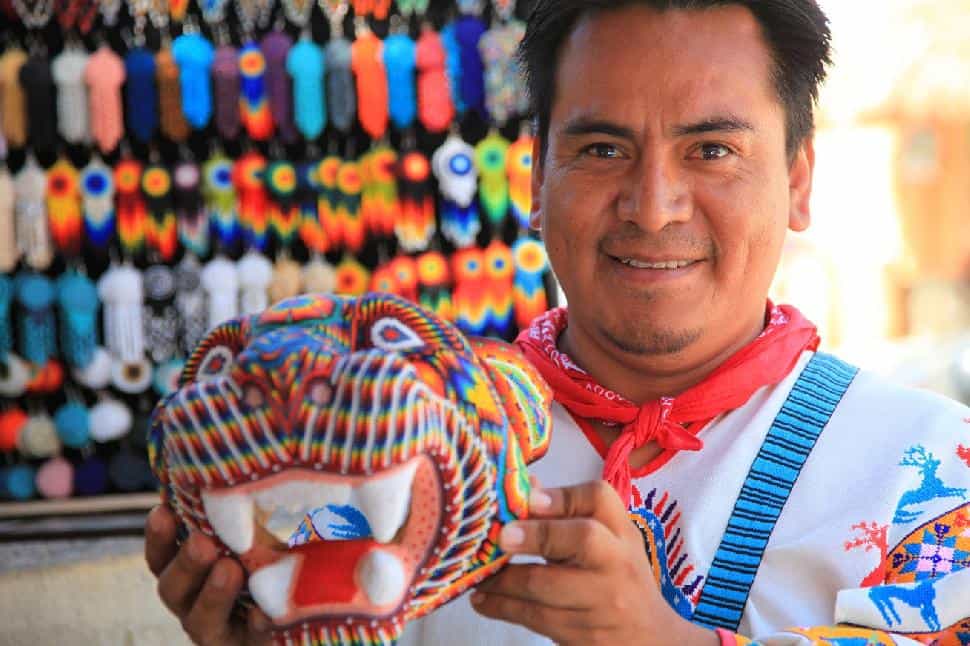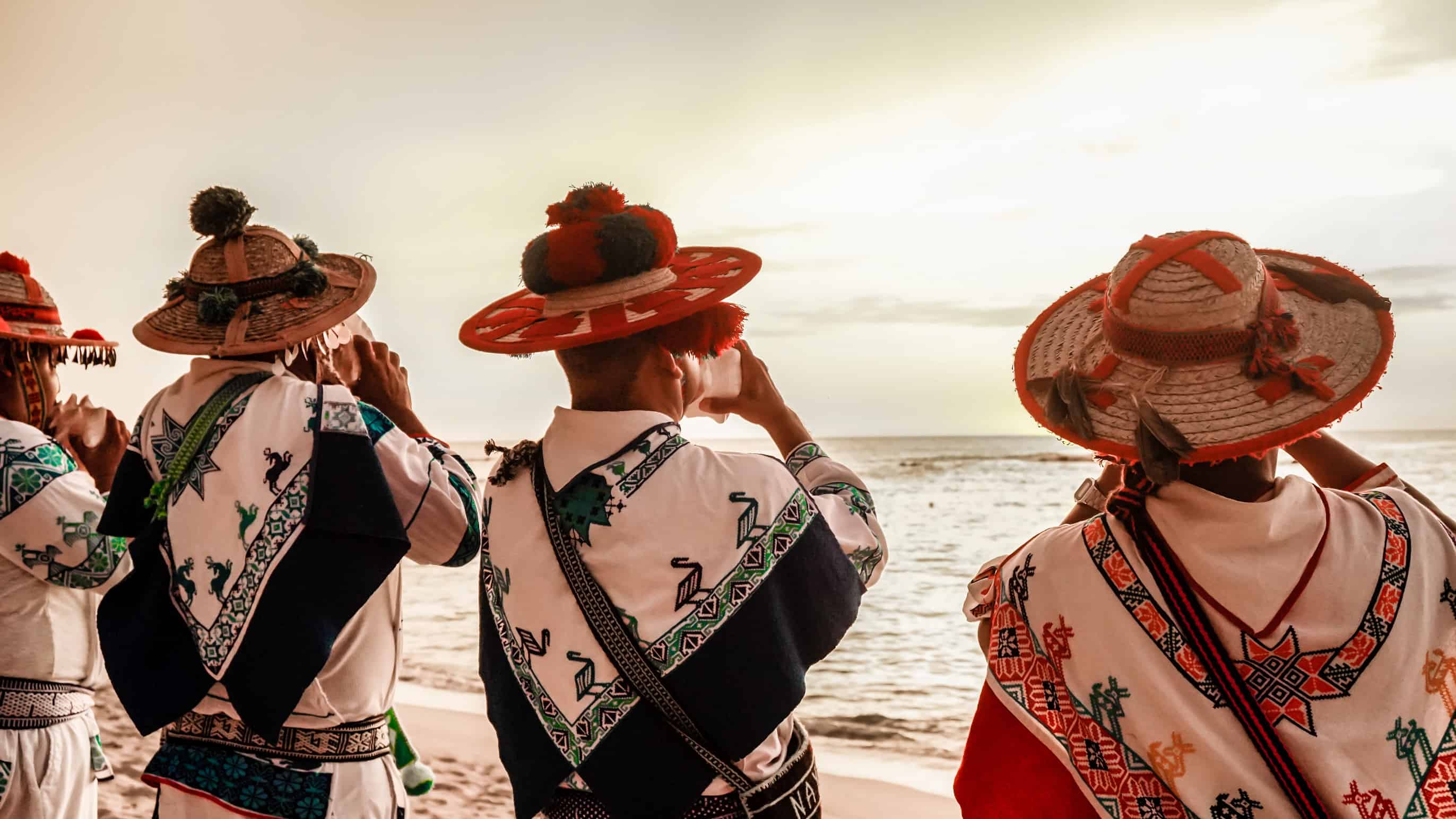Who are the Huichol people?
 The Maya people of pre-colonial times stretched throughout southern Mexico and Central America, and are well-known for their gifts to the world in agriculture, food and language. Lesser-known are some of the Indigenous minorities who have, despite pressure on all sides, retained many of their traditions and some of their lifestyle in a modern-day Mexico.
The Maya people of pre-colonial times stretched throughout southern Mexico and Central America, and are well-known for their gifts to the world in agriculture, food and language. Lesser-known are some of the Indigenous minorities who have, despite pressure on all sides, retained many of their traditions and some of their lifestyle in a modern-day Mexico.
One such group are the Huichol people who live in an area encompassing parts of Nayarit, Durango, Zacatecas and Jalisco states. Their exact ancestry is debated, but they are believed to be a break-off group of another nearby Indigenous community that moved into northeastern Mexico around the time the Spanish arrived in the New World.
Huichol traditions
The Huichol have intricate religious and cultural rituals. One of the most vital is a yearly pilgrimage where community members make a months-long journey across their rhombus-shaped homeland, ending where they believe life began, near San Luis Potosi. There they forage for psychedelic cactus peyote and the first plant found is shared among the pilgrims. They then collect enough peyote supplies for the entire year as this plant is used for convening with ancestors and other spirits during their rituals. On this trek, pilgrims travel to each cardinal direction of their land and carry out offerings to a pantheon of gods who protect the Earth and their community.
Huichol art

The Huichol are famous for their art. You’ve probably seen their brilliantly coloured bead and yarn mosaics. These mosaics include sacred Huichol imagery and patterns, including plants and animal motifs, or in the case of their beaded wooden animal heads, take on the actual shape of those entities. The ancient version of this beadwork was once done with bones, seeds and other ceramics.
Today's Huichol people
The Huichol have historically resisted any and all forms of colonialization of their people and their lands. During the colonial period they organized armed resistance against the Spanish, and were avidly anti-Catholic. They now resist the encroachment of Evangelical Christian missionaries who have tried to make in-roads in their communities. The Huichol also fight the environmental degradation of their lands brought on by mining, slash-and-burn farming and logging.
While at one time the majority of the community lived in small farming communities, in the past decades many have moved to larger cities, bringing a wealth of knowledge about Huichol culture to a larger audience but also deluding their traditional way of life as they adapt to the urban landscape.
Among the Indigenous in Mexico, the Huichol still retain a distinctive culture, singled out as both an incredible success yet threatened community among the country’s melting pot of peoples.


